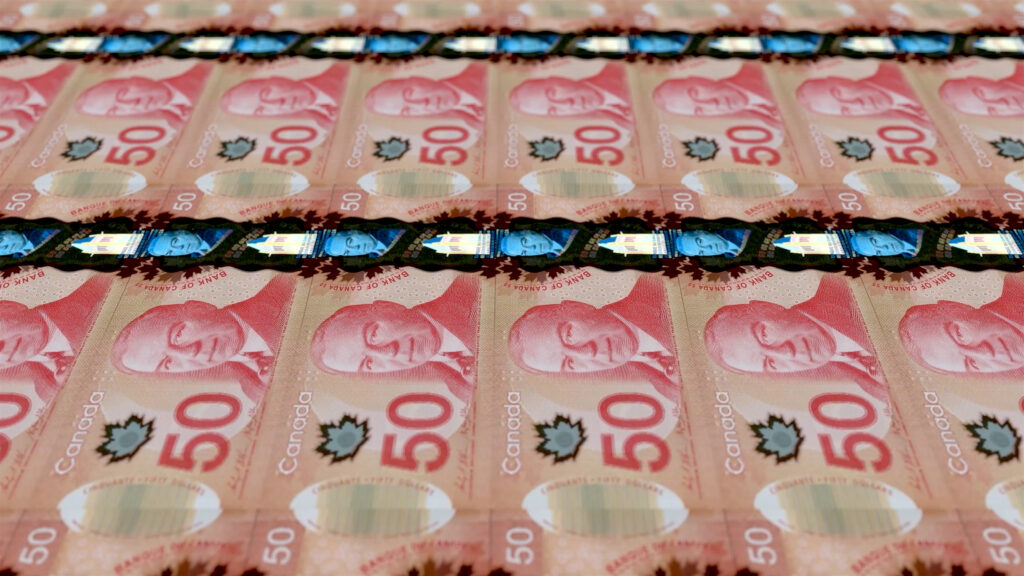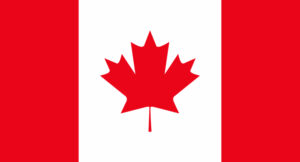It’s important to understand the Canadian banking system to make sure you’re managing your money in the best way. Banking in Canada is fairly straightforward, but there may be some differences to the way you’re used to banking in your home country.
Here, we’ll explain how bank accounts are structured in Canada and talk you through the different accounts and savings options.
What are the main Canadian banks?
In Canada, there are five major banks that operate across the country:
- Royal Bank of Canada (RBC)
- Bank of Montreal (BMO)
- Canadian Imperial Bank of Commerce (CIBC)
- Bank of Nova Scotia (Scotiabank)
- TD Canada Trust (TD)
There are some mid-retail-sized banks such as Tangerine or Simplii Financial. Although they may have excellent customer service via phone or online, they often have few (or no) in-person branches.
How do I access the services banks provide?
All major banks in Canada offer online banking services that you can use to check your balance, pay bills, and move your money around. Within Canada, major institutions offer the ability to log into your online banking and take a picture of a cheque. which then deposits the money into your account.
If you prefer to do your banking in person, you can visit your local branch for your regular banking needs. If you need to make a deposit or a withdrawal and your local bank is closed, you can use the ATM within the main entrance of the branch.
Using ATMs in Canada
If you have a Canadian bank account, there may be a fee attached to using an ATM depending on which bank you’re with.
When possible, avoid ATMs that are a different ‘brand’ from where the account is located. For example, ATMs in gas stations or shopping malls can cost you even more due to the fees that they charge per transaction.
Bank accounts in Canada
It’s easy to get overwhelmed by the different accounts that banks can offer. When opening an account, start with a chequing account and a saving account.
Chequing account
Chequing accounts are used for daily transactions and to pay bills. Usually, you’ll need a minimum balance in the account at all times to avoid a monthly fee.
Students are eligible for a student chequing account, which often comes with lower or no fees. Institutions offer student chequing accounts that have incentives such as unlimited transactions per month and no minimum balance.
Saving account
A saving account is designed to store your money safely and productively. Each saving account will have an interest rate. The amount of money you earn by storing your savings there every month is based on the interest rate – and so the higher the interest, the better.
Using chequing and savings
In Canada, when using your debit card for a purchase, you can often choose which account the funds will be withdrawn from. It’s usually best to use your chequing account, otherwise, fees may be applied.
You can also send money and make payments electronically through e-transfer. To do so, you’ll need the recipient’s phone number or email (and they must be set up to accept e-transfers). E-transfer is only available through a chequing account, otherwise, there will be fees involved.
Borrowing and investing
Banking institutions also allow their customers to borrow from them and offer ways to invest.
Borrowing includes credit cards, loans, personal lines of credit, and overdraft protection. The major banks also offer mortgages, which can be used to borrow money for the value of a house (minus the down payment).
Investment accounts include registered accounts (TFSA, RRSP, RESP, RRIF, and RDS) and cash accounts. With these accounts, you can buy GICS, stocks, or mutual funds.
If you’re interested in borrowing or investing, it’s best to make an appointment with your bank and talk to an advisor.
Why SideKick?
SideKick gives you all the benefits of having a bank account in Canada without the fees and complications of setting up an account with one of the major banks. It provides an easy link between Canada and the bank account in your home country, so you can focus on settling into your routine and decide whether opening a Canadian bank account is a good option for you.



